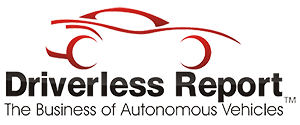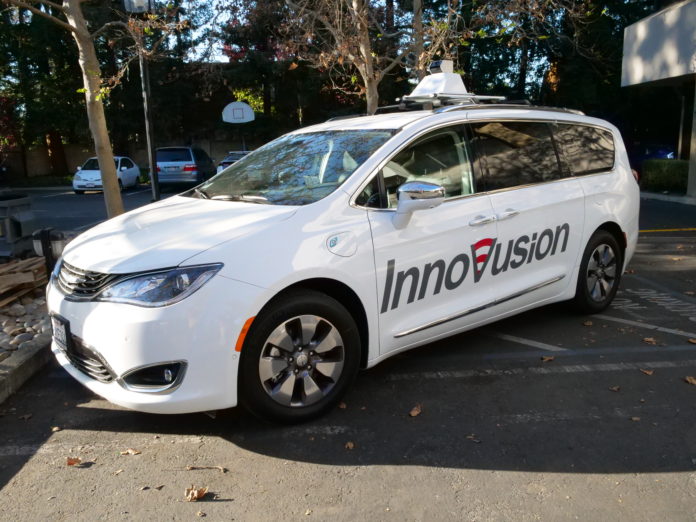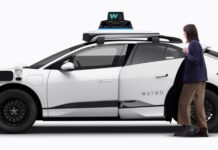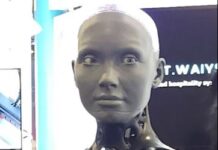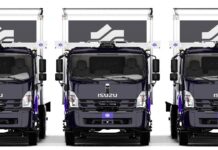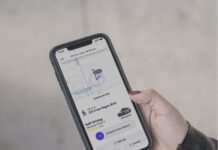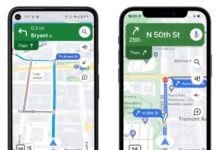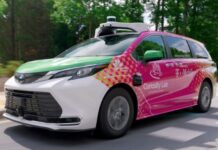A Silicon Valley-based LiDAR company said today that it was coming out of stealth mode to offer units with more than 300 lines of resolution.
Innovusion said it will offer the high-definition units, which the company says detects light and dark objects up 150 meters away, at $1,000 in full production volumes.
In addition, the new unit will fuse LiDAR raw data with camera video in the hardware layer, which the company said will dramatically reduce latency, increase computing efficiency and create a better sensor experience.
The company, which likens its technology to the transition from text to graphical devices in the computer and smart industries, is targeting Level 4 and 5 of the autonomous vehicle and ADAS markets, said Junwei Bao, Innovusion CEO.
“Our engineers are naturally drawn to the toughest technical challenges and believe this is where we can have the most business and social [advanced driver assistance systems]. Image quality high-definition LiDAR will also be useful in many other applications and adjacent markets,” he said. “Our products have great range, are cost effective and are available in very compact sizes a little bigger than an iPhone.”
Although autonomous vehicles are the company’s primary focus, Bao said that the product can be tailored for such applications as drones, geographic mapping, environmental resource management, logistics, security and defense. “I am sure our customers will surprise us by coming up with even more ways of using the technology and we look forward to watching the industry evolve,” he said.
Before starting Innovusion in 2016 with partner Yimin Li, Bao led the sensor and hardware team at Baidu’s Autonomous Business Unit. The company said its engineering team has an average of 15 years’ experience in the LiDAR industry.
“My original team is comprised of veterans in the precision instrument industry, key members from Velodyne, and some of my former colleagues in Baidu’s Autonomous Driving Business Unit. In addition, a few of my college classmates have joined,” he said. “We studied physics together during our undergraduate years–then spread out to different research areas post-graduation. Twenty years later, we have reunited to work together on this technology, each of us contributing in different areas [in] optics, software, firmware and algorithms.”
Field of LiDAR Companies Growing…
Innovusion, which is venture capital-backed, says phased commercial rollouts are planned for 2018 and 2019. The first-generation products will be available in the first half of 2018, Bao said.
At least 50 LiDAR startups have gained $678.4 million in the last four years, according to CB Insights in a Los Angeles Times article this week. More than half of the venture capital funds went to just 18 companies in 2017, the article said.
With that much competition in the effort to get LiDAR down to $1,000 in quantity, Innovusion is trying to compare and differentiate itself.
“The primary difference between Innnovusion and Velodyne is that we have image quality, high-definition LiDAR,” Bao said. “Our resolution is over 300 lines. Most competitors in this field are less than100 lines. Mobileye uses camera data to derive 3D information, while our LiDAR provides reliable true 3D data through accurate measurement of time of flight of light.”
Bao said image quality is essential for fully autonomous vehicles at highway speeds or in complex traffic situations. “Similar to human vision, better resolution translates into faster target identification, better decision making and ultimately safer operation,” he said. “Image quality can mean the difference between immediately recognizing a tumbleweed crossing the road vs. a baby carriage.”
Launching a Developer’s Program at CES…
Innovusion says it is seeking developers for its new LiDAR product at the CES trade show in Las Vegas next month. The company says its simplified integration processes for developers to reduce time-to-market.
Developers will be able to receive sample units; technical documentation; tools and utilities; optional quick-start integration service; recorded data scenarios for simulation and modeling; and APIs, the company said.


